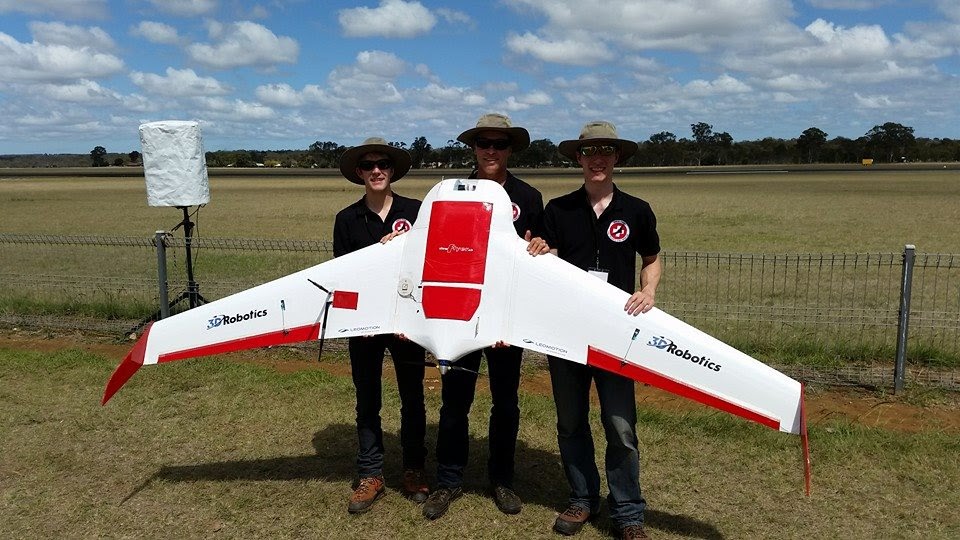Meet the Contributor
Julian Oes is one of the core maintainers for PX4 communications architecture and MAVSDK. You can find him on GitHub at https://github.com/julianoes
Check out these talks from Julian:
Questions
Can you tell us the story of how you got into PX4?
I was a master student of Mechanical Engineering at ETH Zurich and doing a semester thesis (along with Thomas Gubler) supervised by Lorenz Meier at the Computer Vision and Geometry Group of the computer science department. I had always been interested in robotics as well as embedded systems, so it was an exciting opportunity.
This was in 2012 right when PX4 was born. We worked on the initial NuttX board bring-up of the PX4FMU (that was before Pixhawk) and continued evolving PX4 all the way to first multicopter GPS guided flights.
What company do you work for and what’s your “day role”?
As a senior software engineer at Auterion I’m able to work on the open source projects PX4, MAVSDK, MAVLink, and a few others. My focus is the safety of PX4 including the failsafe state machine (aka commander). However, I also work on the simulation and testing side. In general, I try to be helpful in the community by triaging issues, reviewing pull requests, fixing bugs, as well as answering questions on PX4 Slack and the PX4 discuss forum.
What is the most unique thing you have done in drones/robotics?
I participated in the UAV Outback Challenge in 2014 in Kingaroy, Australia.

What is your current favorite setup for development kit?
The software in the loop simulation (SITL) using jMAVSim or Gazebo and good old Pixhawks or Pixracers, and debug cables!
What languages do you speak?
(Swiss) German, English, French, Spanish
Where are you from and where did you grow up?
I grew up and live in Switzerland close to Zurich. I’ve lived in Australia, England, and the US in the past.
What advice would you give to fellow drone developers who just joined the PX4 community?
Familiarize yourself with PX4 in SITL first. Then get some hardware and a debug cable (e.g. Dronecode probe) to inspect and debug the software, either using printfs or a debugger like gdb. Make sure to interact with the community by asking questions on Slack or discuss. Always try to give plenty of background on why you’re doing something, explain what you have already tried, and describe the problem with as much detail as possible.
